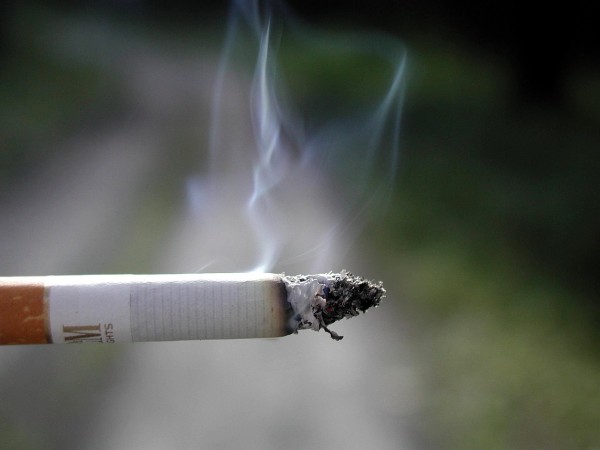
Here in California, when it comes to protecting people from secondhand smoke, we’ve reached what some are calling the final frontier – laws restricting smoking in apartments, condos, and other multi-unit housing.
But as more and more California cities and counties move forward with smoke-free housing laws, another major public health concern often gets lost in the shuffle: how to make sure these new laws don’t put low-income residents at risk of losing their homes.
California paved the way for smoke-free bars and restaurants almost 20 years ago, and local lawmakers here began passing smoke-free housing laws in 2007. That year the city of Belmont made international headlines when it enacted a strong, first-of-its-kind ordinance – which the San Francisco Chronicle deemed “the most sweeping anti-smoking law in the world” – banning smoking not only in most public places but also in all multi-unit housing in the city.
Today, at least 28 cities and counties in California – including Baldwin Park, Compton, Union City, and Richmond – have laws on the books that prohibit smoking in at least a certain percentage of units in housing complexes.
There’s no question that these laws are an important strategy for protecting people, especially low-income residents, from the hazards of secondhand smoke. The California Air Resources Board has joined the U.S. Surgeon General in officially declaring that there is no risk-free level of exposure to secondhand smoke. Among nonsmoking adults, secondhand smoke causes about 50,000 deaths a year from heart disease and lung cancer, and among children it exacerbates asthma and causes lower respiratory tract infections such as pneumonia and bronchitis. Low-income families bear the greatest burden of these health consequences.
Secondhand smoke can seep under doorways and through wall cracks, and the Surgeon General has determined that eliminating smoking is the only way to fully protect nonsmokers. Separating smokers from nonsmokers, cleaning the air, and ventilating buildings don’t prevent exposure.
Half of all renters in California say that secondhand smoke gets into their apartment from somewhere else, according to the American Lung Association in California. Of those, 37 percent say it bothers them “a lot” or “so much I’m thinking of moving.”
Still, as momentum grows for local laws banning smoking in multi-unit housing, some are concerned about the health impact on tenants who smoke – especially tenants in subsidized housing, whose limited income leaves them few choices if they are forced to relocate. Eviction can split up families, lead to job losses, and give rise to depression. A history of eviction also makes it more difficult to secure decent and affordable housing.
Smoke-free housing laws should protect tenants not only from secondhand smoke but also from housing insecurity. How can cities and counties be sure smoke-free housing policies take into consideration the potential health consequences for low-income residents who smoke?
A few key recommendations:
• Get tenants’ rights groups involved. Soliciting input from housing advocates early gives residents buy-in and increases the likelihood of compliance. It also minimizes the chances that concerns will emerge late in the game and derail the policymaking process.
• Incorporate a phase-in period. “Grandfathering” existing tenants who smoke will undercut the effectiveness of a new smoke-free housing policy. But an extended phase-in period of up to one year can give tenants who smoke time to adjust. During a phase-in period, landlords should offer tenants who are bothered by secondhand smoke the option of moving to another unit in the complex, if possible – and tenants with disabilities that are exacerbated by exposure to secondhand smoke should be reasonably accommodated.
• Be fair. Smoke-free policies shouldn’t provide a fast track to eviction. Tenants ought to be given sufficient opportunities to comply with new restrictions, and penalties should safeguard tenants’ rights and account for the difficulty of quitting the habit. Eviction should be a remedy of last resort.
• Provide access to support. Quitting smoking can be a challenging task, as just about anyone who’s attempted can attest. To make it easier for tenants struggling to comply with a smoke-free housing policy, public housing agencies and housing providers should offer referrals to programs like the California Smokers’ Helpline (www.californiasmokershelpline.org), which offers free one-on-one counseling, self-help materials, and other services to help tenants quit or better manage their smoking.
Smoke-free housing policies are a powerful way to protect people from the hazards of secondhand smoke. But as cities and counties continue to move forward with these laws, it’s important to keep in mind the health consequences for people who will face challenges complying. Smoke-free housing policies should be strong, but they should also be humane.
Anne Pearson is vice president of programs at ChangeLab Solutions, a nonprofit policy research and training center based in Oakland, which offers more resources for developing smoke-free housing laws in California.





